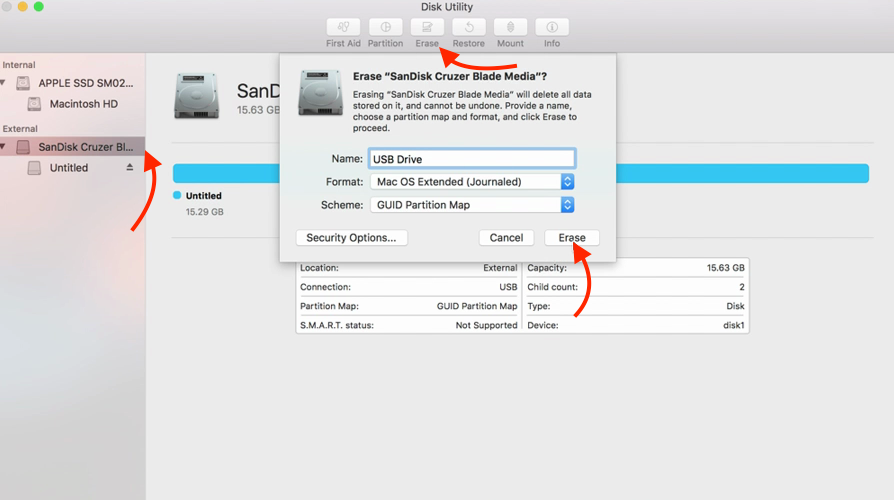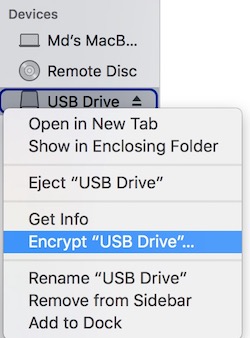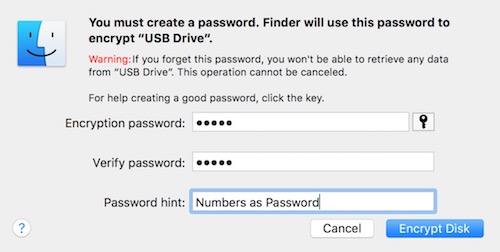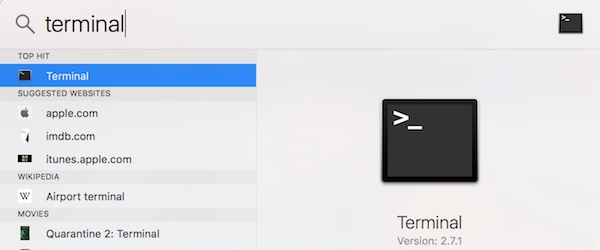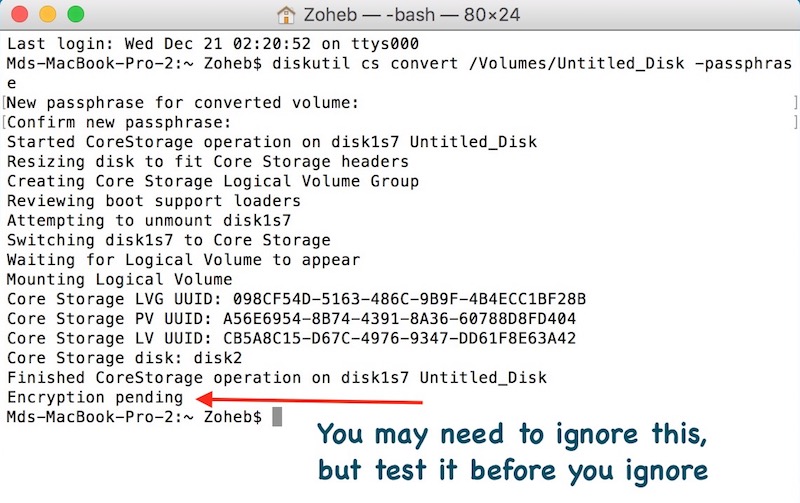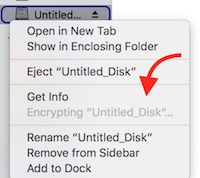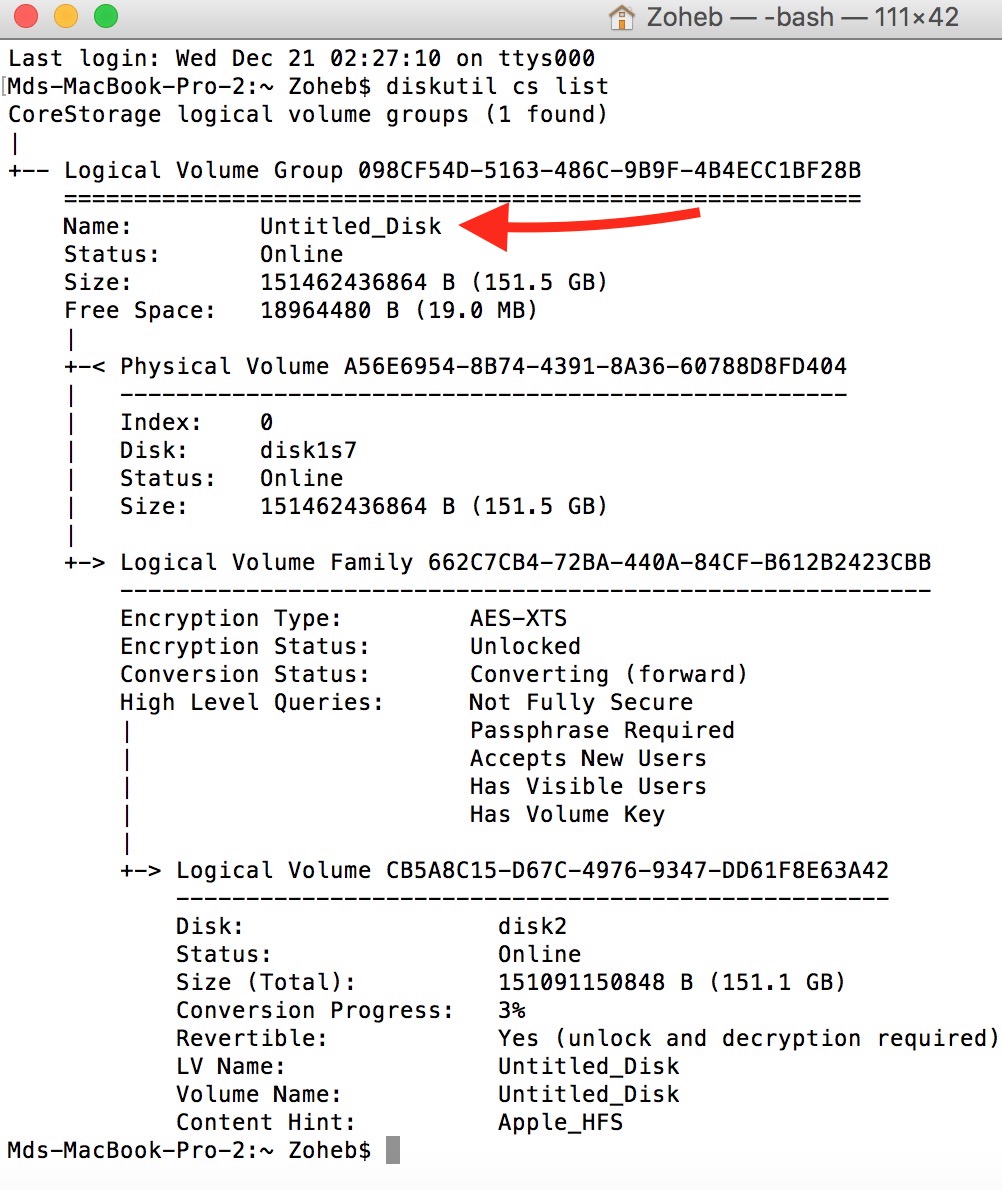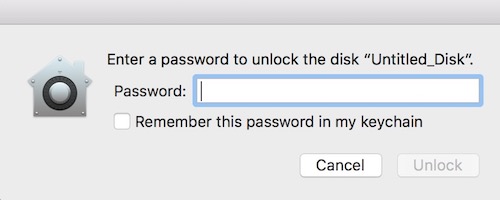How to Encrypt USB and External Hard Drive With Password on Mac
Today we will learn to encrypt disk on Mac. Encrypting disk with a password is very useful if you want to prevent others accessing your important files. So if you have private data and you want to keep them secure in a USB Drive or External Hard Disk, you must encrypt it with a strong password. Now the question is how you can do it? Let’s know about the encryption process in MacOS.
What happens After Encryption?
After Encrypting the External Storage all the files are secured with the password you specified for the storage. When you connect it to any other system, it will ask to enter the password. If you can’t provide the correct password, you won’t be able to access the data.
How to Encrypt USB Drive or External Hard Disk Drive on Mac OS X or MacOS
- Connect the USB or External Drive to your MacBook or iMac
- Launch Disk Utility, and select the USB Drive to Format it. Please move the files to your Mac’s internal storage for the time being. You can move them later to USB Drive after encryption. If you are trying to format an External Drive and the drive has many partitions, then you don’t need to format the whole drive. Just format the partition you want to encrypt. Formatting the drive/partition is not mandatory, but you are recommended to do so
- Please make sure you have select GUID Partition Map and Mac OS Extended before clicking the Erase option.
- Now Click on erase to format the USB drive or External Drive Partition
- Now launch Finder Application, and select the USB Drive or any partition of External Hard Disk Drive
- Right-click on the USB or External Drive, and select Encrypt option as shown in the screenshot below. If there are many partitions, select the partition you want to encrypt. Please note that encrypting one of the partitions will not encrypt the whole drive.
- Type a Password to encrypt, and the type again to confirm, Type a Hint for the password in case you don’t remember in future. Finally, click on Encrypt Disk option.
- Please don’t remove right after clicking Encrypt Disk option. Encryption takes some time, and you can check the status by right-clicking on the drive. If it shows Encrypting Disk hang on until the process is complete.
If you are facing any trouble, you can watch this video to learn encrypting External Hard Disk Drive Partition as well as USB Drive.
Alternative Method
How to Encrypt External Storage on Mac with Unix-based Terminal
- Launch Terminal on Mac. If you can’t locate Terminal, just press Command+Space key together, then type Terminal, and then press Enter key.
- Now type the following command in the terminal and press Enter key
diskutil cs convert /Volumes/drive_name -passphrase
- Note: The disk name should not contain any space. Please try to keep a one-word name or use underscore between words while formatting it. Make sure you have formatted it selecting GUID Partition Map and Mac OS Extended as you see in the screenshot above.
- In my case, I have connected an external hard drive that includes many partitions. One of the partition names is Untitled_Disk. So if I want to encrypt this drive, I will type the following code, and press Enter key
diskutil cs convert /Volumes/Untitled_Disk -passphrase
- Then you need to type Password and press Enter, and then Type Password again to confirm it and press Enter. Please note that Password will not show in the terminal, not even star symbols.
- Now the Encryption process will start, and the disk will be encrypted. You may see Encryption Pending message in Terminal, but you can ignore it for now.
- Close the Terminal, and launch Finder. Right-click on the drive you are encrypting, and check whether Encryption is in the process or not. If you see the status as Encrypting Disk, then please don’t remove the drive until Encryption is complete. Encryption may take long depending on the Mac model and storage capacity of the drive you are encrypting.
How to Verify if the Disk is Encrypted on MacOS?
Method 1
Launch Terminal, and type the following command in terminal, and then press Enter key.
diskutil cs list
You will find the result just like below screenshot. Now look at the Encryption Type and High Level Queries section. If it shows Passphrase Required then the disk is encrypted. This command usually not show only encypted drives.
Method 2
Eject the external drive from the computer. Connect it again. It should ask you to enter the Password if you have not saved it on your computer while entering the password earlier.
If it doesn’t ask the password, recheck with the command in the terminal as we explained above.
How to Decrypt and Encrypted Drive?
In future, if you want to remove the password and decrypt the drive, you can easily do it. Please see the step by step guide about external drive decryption on Mac. We have listed many methods to decrypt the drive without losing data or simply format the drive.
Related;
Password Protect Folders and Files on MacOS
Password Protect Zip and Documents on MacOS
